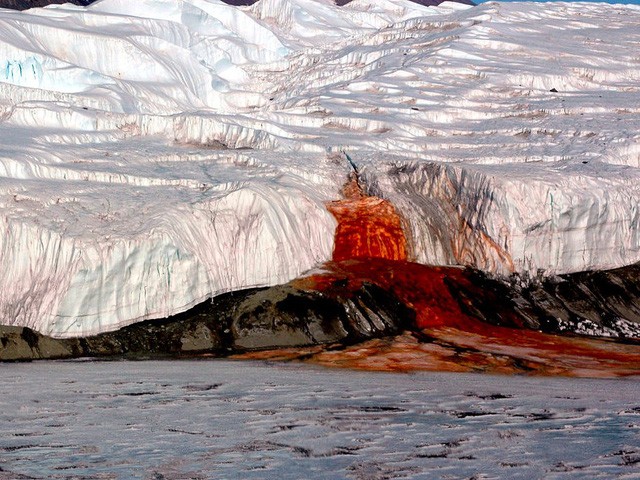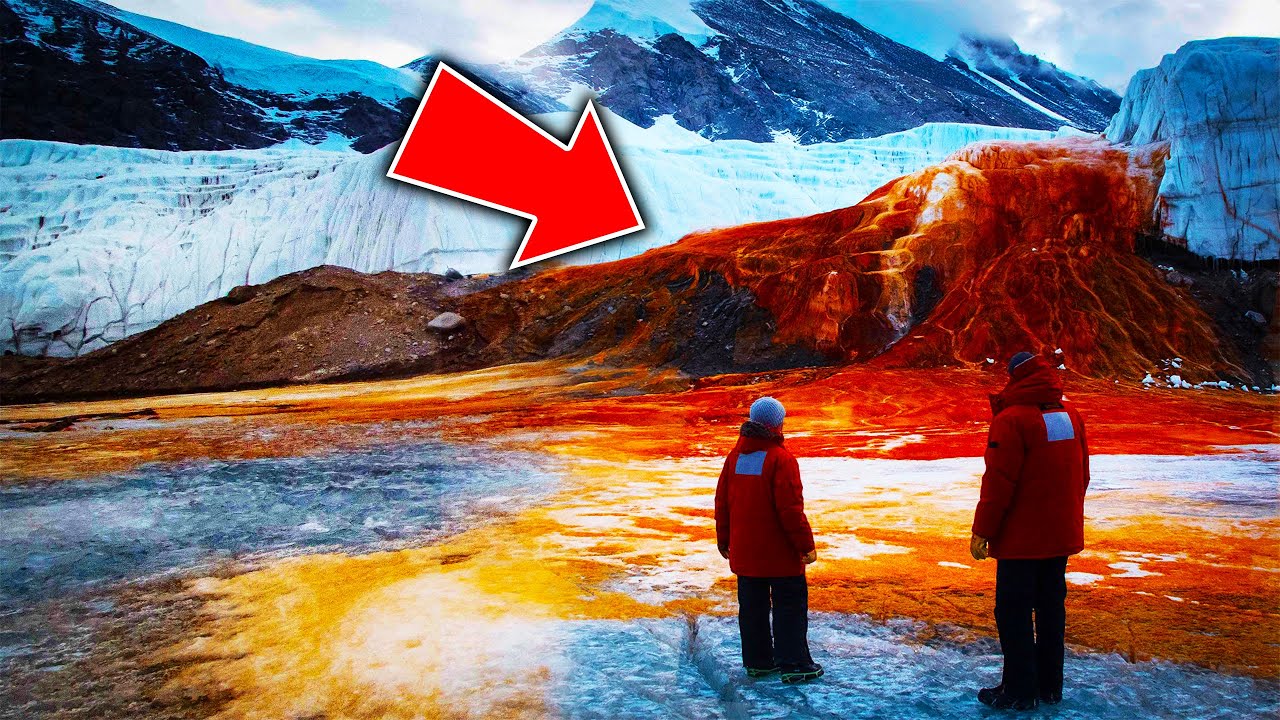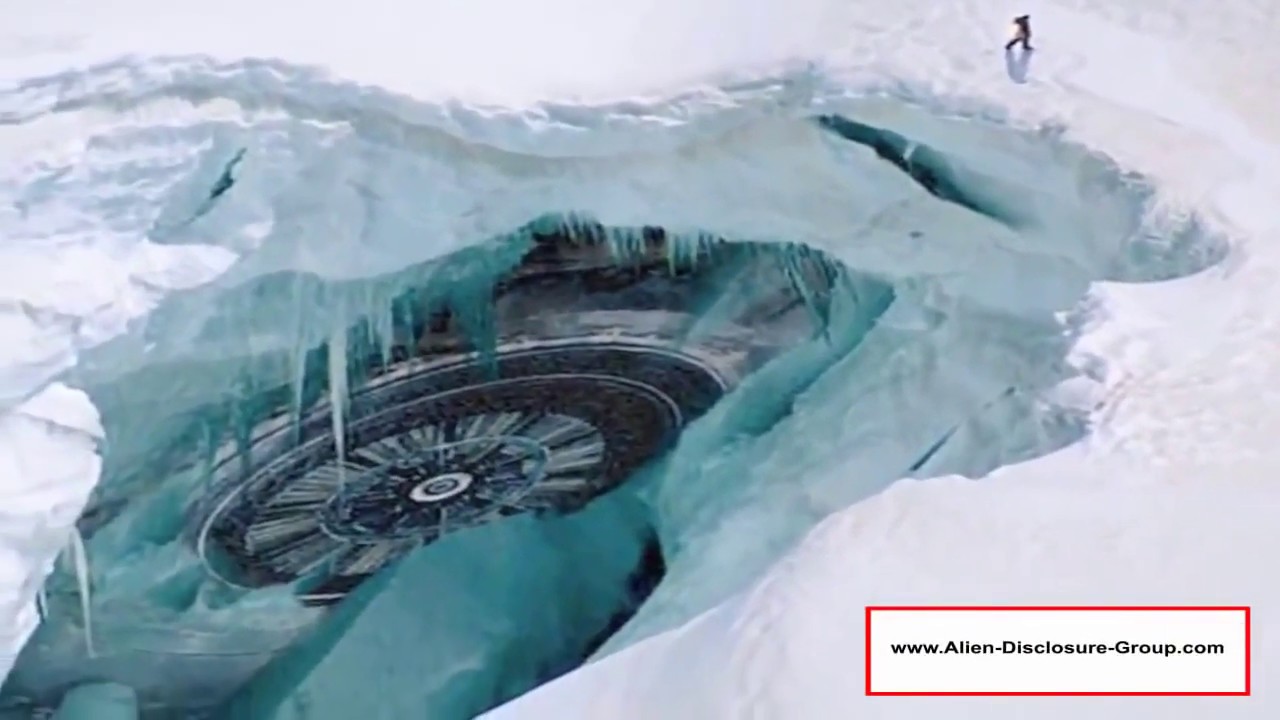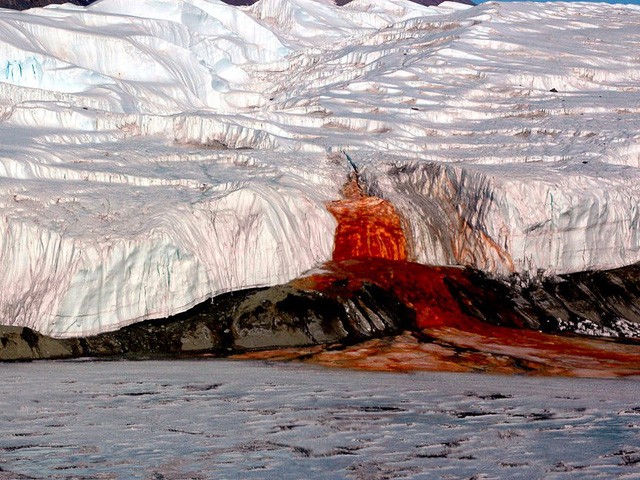Antarctica, the southernmost continent, is home to many natural wonders. Among these, the ‘Blood Waterfall’ stands out as one of the most intriguing. This eerie, crimson cascade has baffled scientists and fascinated onlookers for over a century. The following exploration delves into the mystery of this unique phenomenon, unraveling the secrets that have kept it flowing in one of the most inhospitable places on Earth.

#### The Origin of Blood Falls
Blood Falls is located in the McMurdo Dry Valleys, an area known for its extreme cold and arid conditions. This peculiar waterfall was first discovered by geologist Griffith Taylor in 1911. The striking red color of the waterfall led to much speculation about its origins. Initially, it was thought that red algae might be responsible for the blood-like appearance. However, further research has revealed a more complex and fascinating explanation.

#### The Science Behind the Blood-Like Hue
The red coloration of Blood Falls is due to iron oxide, or rust, in the water. Beneath Taylor Glacier, a subglacial lake exists, isolated from the outside world for millions of years. This lake is rich in iron and, due to the lack of light and oxygen, has created a unique ecosystem. When the iron-rich water seeps through cracks in the glacier and comes into contact with the oxygen in the air, it oxidizes and turns red, resembling blood.

#### The Unique Ecosystem
The subglacial lake beneath Blood Falls hosts an ancient microbial ecosystem. These microbes have adapted to the extreme conditions, thriving without sunlight and relying on sulfate for energy through a process called chemosynthesis. This discovery has significant implications for our understanding of life in extreme environments and the potential for life on other planets, such as Mars, where similar conditions may exist.
#### Implications for Climate Change Research
Studying Blood Falls and its underlying systems provides valuable insights into the effects of climate change. The stability of the subglacial lake and the glacier itself can offer clues about the behavior of ice masses under changing climatic conditions. Understanding these processes is crucial for predicting the future of polar ice caps and their impact on global sea levels.
#### The Future of Blood Falls Research
Ongoing research at Blood Falls continues to reveal new information about this enigmatic natural phenomenon. Advanced techniques in ice-penetrating radar and microbial analysis are helping scientists to map the subglacial lake and understand its complex chemistry and biology. As technology advances, so does our ability to decode the mysteries of this otherworldly site.
The ‘Blood Waterfall’ of Antarctica remains one of the most fascinating natural wonders on our planet. Its vivid red hue and the secrets it holds about ancient microbial life and subglacial ecosystems continue to captivate scientists and the public alike. As we uncover more about this unique phenomenon, we gain not only knowledge about our own world but also insights that could inform the search for life beyond Earth. The Blood Falls is a testament to the mysteries that still lie hidden in the most remote corners of our planet, waiting to be discovered and understood.
By exploring the science behind Blood Falls, we take a step closer to unraveling the complex interplay of geology, chemistry, and biology that creates such extraordinary natural wonders. The ongoing study of this remarkable site is a journey into the unknown, promising to yield discoveries that could change our understanding of life in extreme environments.

